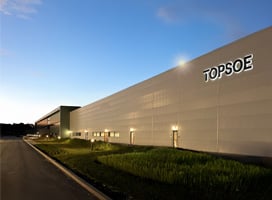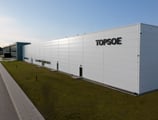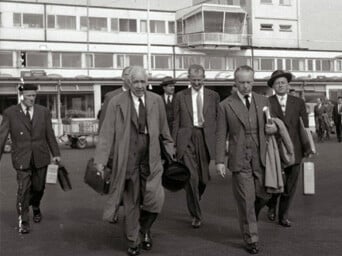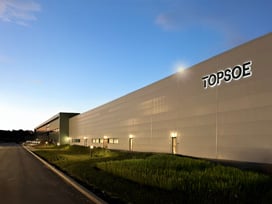Understanding how critical equipment is affected by aggressive components and operational failures can help you prevent damage and increase the lifetime of your plant. This tailored course reviews critical factors that affect the lifetime of your equipment, the various damage mechanisms at work in your plant, and how to protect equipment and maximize the lifetime of your plant as whole. As with all Topsoe technical training, this course leverages our unique position as both catalyst supplier and technology licensor to give you efficiency-boosting insight you won’t find anywhere else.
What does Damage Mechanisms: Causes and Prevention training cover?
A Topsoe Damage Mechanisms course can range from a brief appetizer session that helps you understand the fundamentals of plant damage mechanisms to an extensive course – including certification – on how, where and when these mechanisms arise and what you can do to prevent them. Depending on which of our three levels you choose (see below), a course can give you:
- A walk-through of how different plant damage mechanisms influence the integrity of your plant
- Insight into how operational parameters can increase the risk of corrosion and damage to key equipment
- Recommendations on how to minimize or avoid the effects of damage mechanisms
- Understanding of instances where different operational parameters influence the selection of equipment materials
- Insight into how to evaluate the degree of damage and assess the remaining lifetime of key equipment

The duration of the course is 1 day (8 hours incl. breaks)
We recommend that you have attended the Catalyst Theory & Operation course and the General Plant Optimization course and passed both Certification Exams.
.png)








![SAF Airplane runway[1]-1 1](https://www.topsoe.com/hs-fs/hubfs/SAF%20Airplane%20runway%5B1%5D-1%201.png?width=800&height=640&name=SAF%20Airplane%20runway%5B1%5D-1%201.png)





